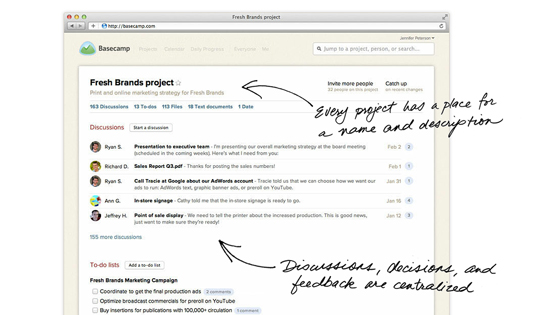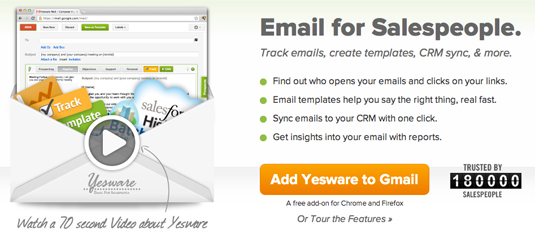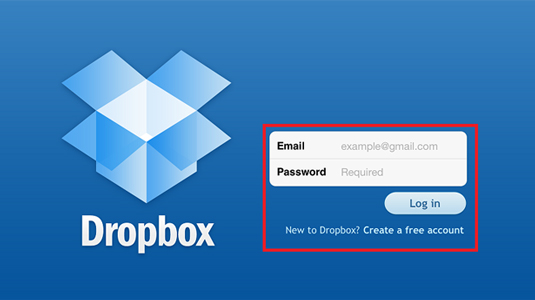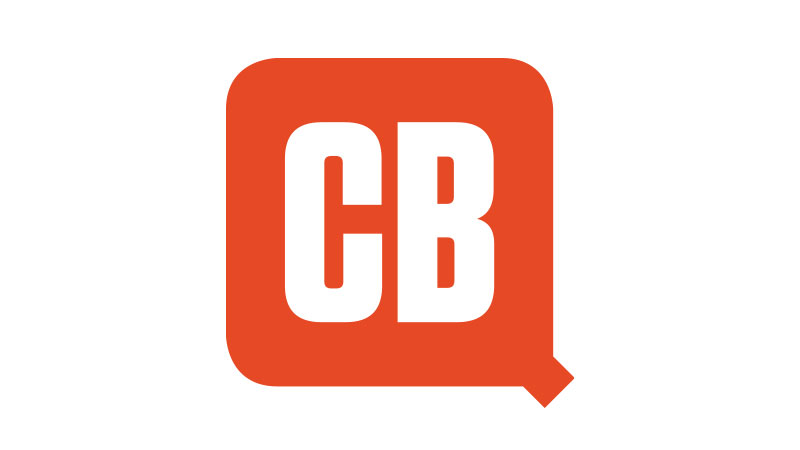How to create great work for clients: 6 pro tips
Carl Heaton of Bangkok Design Agency offers six expert tips on producing work your client will love, forging a lasting relationship that will keep you in well-paid work for years to come.
Welcome to the third and final article in a short series of articles about how to deal with clients. In the first, 'How to escape the clients from hell', I explained how to choose the right clients in the first place. In the second, '5 types of design client and how to handle them', I explained how different types of clients have different needs, and categorising them accordingly can help with organising multiple client deadlines.
Now it's time to work with the client, to get things rolling, get task lists checked off and create some amazing designs. In this article I'm going to offer to six quick but useful tips to do the best work for your client you can do, forging a lasting relationship that will keep you in well-paid work for years to come...
- Read all our career-related posts here
01. Agree forms of communication

Firstly who will be your point of contact? This should be one person only as this will keep you from searching around in your inbox for emails from different people. It will keep the project on a consistent level and you will learn from working with each other which will gradually speed up the project.
Secondly, where are important decisions made and discussed? Is it via Skype, email, project management software like Basecamp or even by Dropbox (see tip 5). You need to get all these things straight at the outset.
02. Deadlines depend on content delivery
At Bangkok Design Agency we're often asked to put in penalty clauses into our proposals. We're happy to do so, with one simple condition - that content and feedback is provided by certain dates. If the client misses a deadline then the penalty clause is removed, simple as that. Often, clients then back down and we explain that it is content and feedback that really drives a project.
03. Confirm everything via email

Whatever the method is, make sure there is a paper trail to where and when decisions were made. That way, if a client screams: "I told you this two weeks ago!" you can proof whether they did or did not. Email is great for this as it has time stamps for everything.
One thing we also use is YesWare for Gmail, which tells you when an email was first opened! Very useful when the client claims to have "never received" the invoice!
Daily design news, reviews, how-tos and more, as picked by the editors.
04. Check your work
Before sending anything to a client, get a second opinion on your work. It's so easy to become blind and skim over mistakes as you know the whole picture. The global picture in your mind often means you miss little islands of despair such as spelling errors and grammatical mistakes that some clients get super-upset about. Double check and get it right first time.
05. Use Dropbox

Collecting content is always the most difficult part so we use Dropbox as a fantastic way of collecting what we need for each section of the website. We create a sitemap in the proposal stage for quoting, so we just mirror that structure using folders in Dropbox.
We then share the folder with the client asking them to put page specific content in the corresponding folder. This saves bulky emails being sent and received, lost and deleted. Everything that goes in the Dropbox goes on the site.
06. Keep communicating!
- Answer emails within 24 hours and agree times you are not available to take calls or answer emails.
- Send simple acknowledgments that you received their comments, files etc.
- Regular updates even if they are not major milestones.
- If you are stuck on something explain it may impact the deadline. Doing this sooner rather than on the deadline date is one of the best ways of avoiding brown stuff hitting fans.
- Keep your emails accurate, to the point and give timelines to actions always. What are you doing and when will it be done. Business owners need to know when more than why or how.
Hope that helps. One of the major reasons our web design agency has been such a success is through recommendations from happy clients. We take our customer service very seriously and demand the same from our internal resources as well.
Remember, without clients, we would have no means of living so keep an open mind, keep the lines of communication open, and you'll find projects run smoothly and further work comes flooding in.
Words: Carl Heaton
Carl Heaton is managing director of Bangkok Design Agency, an agency based in Thailand that grows ideas through intelligent website and graphic design, integrated online and offline marketing.
Liked this? Read these!
- Create a perfect mood board with these pro tips
- The best Photoshop plugins
- The ultimate guide to designing the best logos
Do you find it easy to create great work for your clients, or are there are obstacles we haven't covered here? Share your experiences in the comments below!

The Creative Bloq team is made up of a group of art and design enthusiasts, and has changed and evolved since Creative Bloq began back in 2012. The current website team consists of eight full-time members of staff: Editor Georgia Coggan, Deputy Editor Rosie Hilder, Ecommerce Editor Beren Neale, Senior News Editor Daniel Piper, Editor, Digital Art and 3D Ian Dean, Tech Reviews Editor Erlingur Einarsson, Ecommerce Writer Beth Nicholls and Staff Writer Natalie Fear, as well as a roster of freelancers from around the world. The ImagineFX magazine team also pitch in, ensuring that content from leading digital art publication ImagineFX is represented on Creative Bloq.
